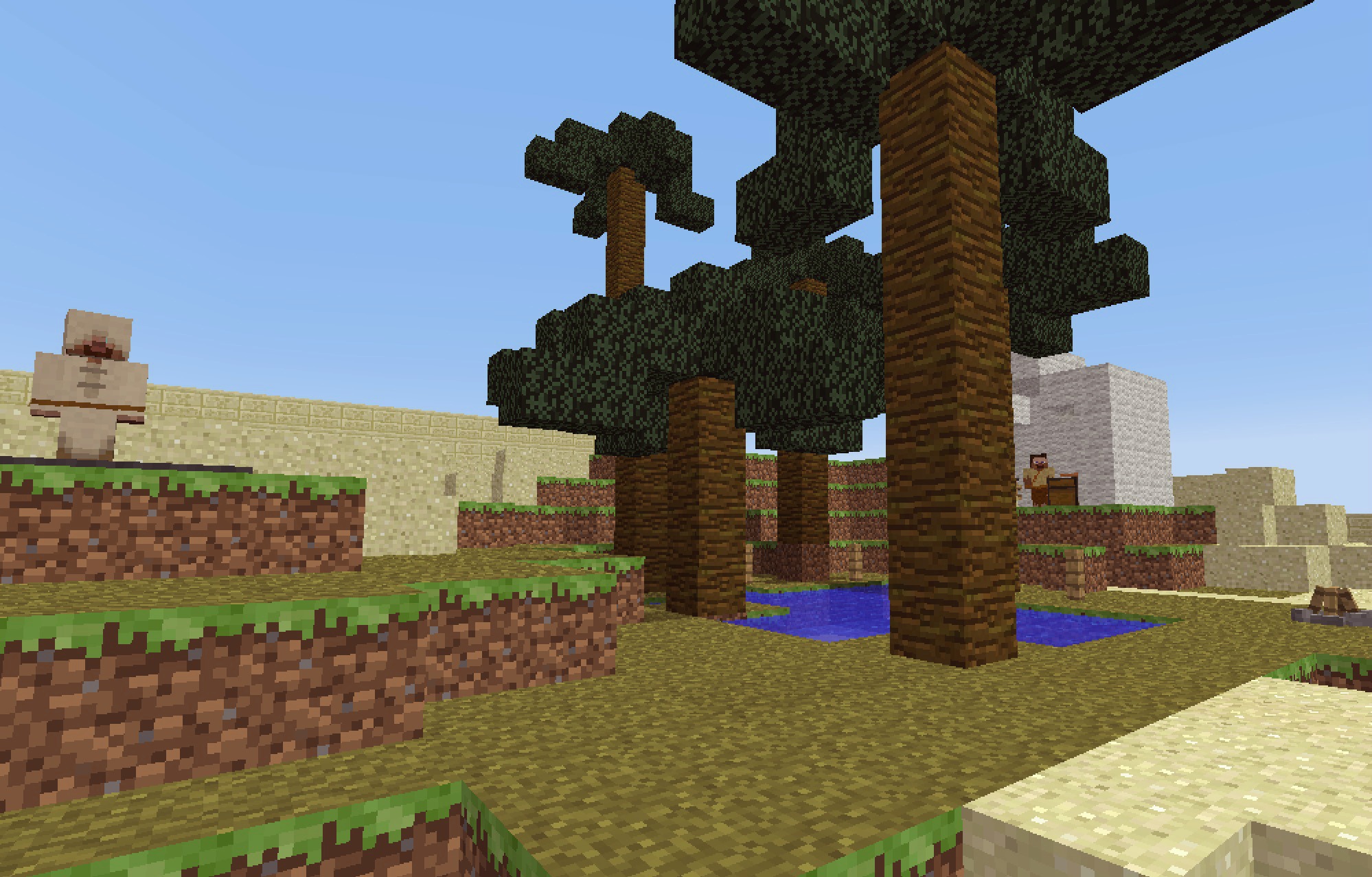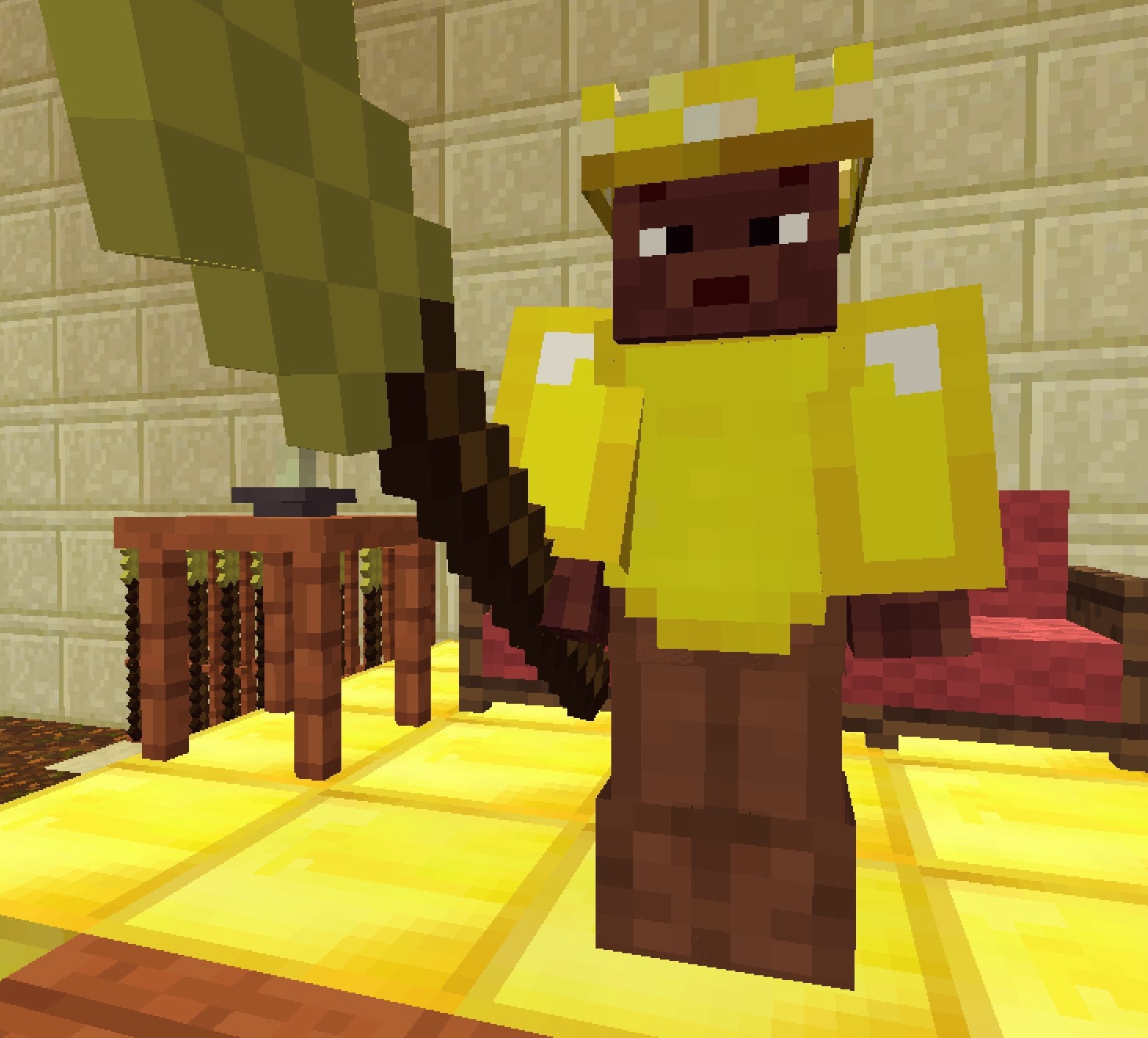On the Road to Timbuktu
In a previous post I described how I intended to support student writing earlier in the school year by connecting seemingly disparate first semester content objectives by using a time traveling backstory with a steampunk twist.
We just finished the first unit in this series and I'd like to share the results.
I structured the learning as follows:
students are presented with new material via various methods in class. There is some collaborative work and some individual learning activities,
formative assessments occur along the way and I require a specific level of proficiency from every student before moving on,
"mission objectives" are presented to students and they complete a writing activity aboard our "Time Rider" ship to demonstrate their understanding of purpose for the time jump to West Africa,
I embedded NPCs for students to interact with over three days of exploration in, and around the fabled city of Timbuktu.
My goals were to provide students an opportunity to realize, and make sense of their learning about West Africa through visualization and character interactions.
At the end of the three day session, they each wrote a final "mission report" in narrative form and included sensory and other descriptive details about their activities.
In essence, I wanted to give them something to write about and I used the metaphor of the writing process resembling a chocolate chip cookie.
I told them that the chips represent the history content they learned in class and the dough is their creative storytelling. Cookies are assembled by each of them in unique ways using varying amounts of yummy (descriptive) ingredients.
The Adventure Begins
The kids were told by the Commander that the Time Bandit had planted a trap for King Mansa Musa along the route he plans to take from Timbuktu on his pilgrimage to Mecca. If successful, this will change the history of West Africa and the rest of the world and must not be allowed to happen.
Chrononaut teams had been selected based on having successfully completed mission briefings and were to prepare for an immediate time jump.
Finally, they were warned about encountering the sneaky Time Bandit and told that no one could be fully trusted as he was a master of disguise.
Gameplay
Students spawned aboard the Time Rider (a facsimile of a room aboard the ship. The actual Time Rider is on a different map) and received instructions, period clothing, and a lesson in how to use the "translation tool." For most, this was their first interaction with non-player characters, so I used this time jump scenario to teach them how to use the interface.
They each received some food, trade items, a spear, leather armor, and some dye to create a costume so that they wouldn't stand out. When they were ready, they teleported to the first of five scenes.
The teleport took them to a desert oasis where they immediately encountered the caravan leader who told them that this was as far as he could take them. He gave them their first quest; talk to two other characters and optionally trade for some items or information. As they completed this quest they learned about the oasis, camels and caravans, and popular trade items. I set up the quest so that on completion, each student would be teleported to the trailhead and be allowed to continue their journey.
Along the trail through the desert they met two traveling merchants at a campsite who supplied more information about trade and gave them some background on Mansa Musa. They also received quest number two which told them that they would need to speak with and trade with the fisherman found on the banks of the Niger River. The merchants kindly sold them a fishing pole and off they went.
When they arrived, the fisherman offered insight on the famous river and happily accepted the gift. In exchange, he gave them a pass that would get them through the gates of nearby Timbuktu. By giving the paper to the guard at the gate they completed the quest and were let in.
Inside the walls they had an opportunity to roam and interact with about a dozen characters including; two merchants, a griot, a builder, a slave trader, and an assistant for Mansa Musa. They had to complete two more quests here before they could meet the great king. They needed money for a bribe and since they had none, they had to work for it. The builder offered them a gold nugget in exchange for building a traditional clay house. In order to get the building supplies they had to trade with a merchant.
Several students collected eggs that the chickens were laying and sold them, others sheared the sheep and traded the wool for wooden beams. After they successfully built a house, they were paid by the builder and headed off to pay the bribe to Mansa Musa's aide.
This enabled the final quest; get Mansa Musa to change his mind about the route he was planning to take. As soon as the bribe was accepted, the students were teleported to the hall of the Great Mosque in town. They immediately encountered Mamadou, a large warrior with a spear. By use of a command block and pressure plate, student gamemode was set to survival and they were attacked.
I set the NPC (the Time Bandit in disguise) to be rather easy to kill, but many students were caught off guard and seemingly died. When those students respawned they found themselves back inside the Time Rider teleport room. The characters there notified them that they were able to pull them out of the timeline just in time - right before they would have been killed by the Time Bandit.
Other students managed to kill Mamadou, and went on to speak with Mansa Musa only to discover that the Time Bandit was able to pull himself out of the timeline before he died and was now back to take revenge.
If the kids managed to complete the interaction with Mansa Musa they found themselves on the way to Mecca with the king thanking them for saving his life. Each student that made it this far received 10 gold bars from the king.
What worked well?
I was quite pleased at how well the dialogue, quests, and command blocks worked out. I'm always nervous as the first students enter the map and start "testing" my design, but this time it seemed to work flawlessly.
I also designed each day to end at a specific location, with students interacting with a specific character. In the past I would make all quests and dialogue active from the beginning.
My estimates of the time it would take to complete each quest was mostly accurate and every student was able to complete them all.
The final day was very exciting as most students had no idea what ways coming at the end and they were very enthusiastic about the entire unit.
What needs addressing?
Interestingly in the reflective writing I had students that over emphasized the chocolate chips (historical details) and others that focused on the story telling (dough) and setting.
Most students did not follow the model "report" nor stayed focused on the outline. I was encouraged by the amount of writing and the general level of enthusiasm for the undertaking, but realize they need more practice.
In a future post I will share student writing from this year and reflect more on specific strategies. As always, please feel free to share this post and all comments and suggestions are appreciated!







